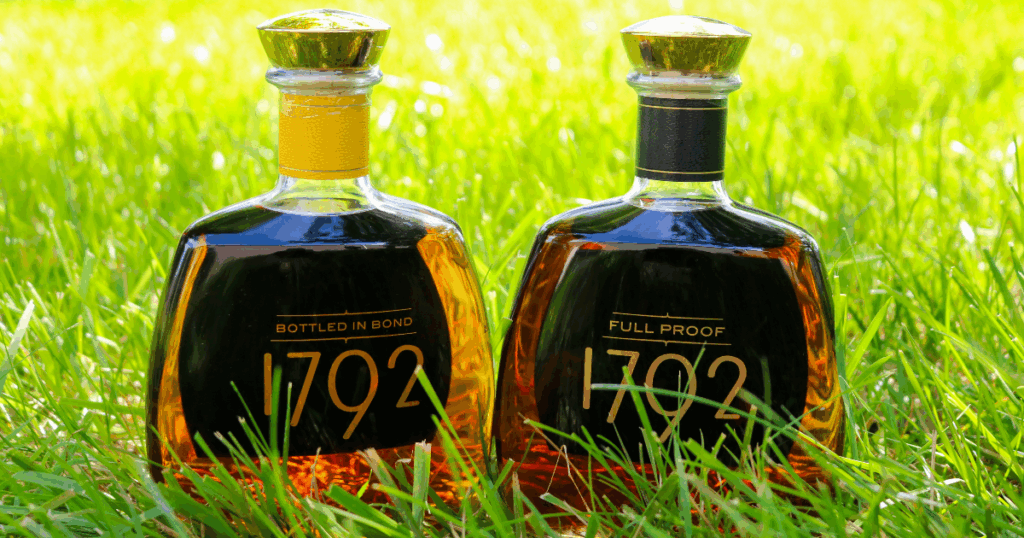Wine has a long and fascinating history that spans thousands of years and multiple civilizations. From its ancient origins to its place in modern culture, the story of wine reflects the evolution of human civilization. Here’s a journey through the history of wine, highlighting key milestones and cultural influences that have shaped this beloved beverage.
1. Ancient Origins
Early Evidence: The earliest evidence of wine production dates back to around 6000 BC in present-day Georgia. Archaeological findings, including pottery shards with wine residue, indicate that early civilizations in the Middle East and Europe were producing and consuming wine.
- Georgia: Archaeological evidence suggests that winemaking began in the South Caucasus region, particularly in Georgia. The ancient Georgians discovered that grape juice could be fermented into wine by storing it in earthenware jars called qvevri, which were buried underground to maintain a consistent temperature.
Ancient Egypt: Wine played a significant role in ancient Egyptian culture, where it was used in religious ceremonies and as offerings to gods and pharaohs. Hieroglyphics and tomb paintings depict the process of winemaking and the consumption of wine by the elite.
- Cultural Significance: Wine was associated with the gods, particularly Osiris, the god of agriculture and fertility. It was also used in burial rituals, ensuring that the deceased could enjoy wine in the afterlife.
2. Greek and Roman Influence
Greek Civilization: The Greeks expanded wine production and introduced viticulture to their colonies. Wine became a staple of Greek culture, celebrated in festivals dedicated to Dionysus, the god of wine. The Greeks also advanced winemaking techniques and developed a sophisticated wine culture.
- Symposiums: These were social gatherings where philosophical discussions were accompanied by wine drinking. The symposiums played a significant role in Greek society, highlighting the cultural importance of wine.
Roman Empire: The Romans further advanced winemaking techniques and spread viticulture throughout Europe. They developed the first wine classification system, categorized wines based on quality and origin, and aged wine in wooden barrels to enhance its flavor.
- Wine Trade: The Romans established extensive trade networks, spreading wine and viticulture techniques throughout the empire, from the Mediterranean to the British Isles.
- Amphorae: The Romans used large clay vessels called amphorae for storing and transporting wine. These vessels were sealed with resin to preserve the wine during long journeys.
3. Medieval Europe
Monastic Influence: During the Middle Ages, monasteries preserved and improved winemaking knowledge. Monks in France, Italy, and Germany played a crucial role in developing vineyards and producing high-quality wine. Monasteries became centers of viticulture, maintaining detailed records of grape varieties, cultivation techniques, and winemaking processes.
- Benedictine and Cistercian Monks: These monastic orders were particularly influential in the development of European viticulture. They established some of the most famous vineyards in regions like Burgundy and Champagne.
Trade and Exploration: The growth of trade routes and exploration during the Renaissance period helped spread wine to new regions and increase its popularity. Wine became a valuable commodity, and European explorers introduced it to the New World.
- European Influence: As European powers established colonies around the world, they brought grapevines and winemaking knowledge with them. This led to the establishment of vineyards in regions such as South Africa, Australia, and the Americas.
4. Modern Winemaking
Scientific Advances: The 19th and 20th centuries saw significant advancements in winemaking, including a better understanding of fermentation, pest control, and viticulture techniques. Innovations such as the use of glass bottles, corks, and the introduction of controlled fermentation processes improved wine quality and consistency.
- Pasteurization: Louis Pasteur’s research on fermentation and microorganisms led to improved winemaking techniques, reducing spoilage and increasing the stability of wine.
Global Expansion: Wine production expanded to the New World, with countries like the United States, Australia, and Argentina becoming major wine producers. The development of new grape varieties and winemaking techniques contributed to the global diversity of wine.
- California Wine Boom: The late 20th century saw a significant rise in the quality and reputation of California wines, particularly those from Napa Valley. The 1976 Judgment of Paris, a wine competition where California wines bested French wines, played a pivotal role in this rise.
5. Contemporary Wine Culture
Diversity and Innovation: Today, wine is produced in nearly every part of the world, offering a diverse array of styles and innovations. Winemakers experiment with different grape varieties, blends, and production methods to create unique and exciting wines.
- Sustainable and Organic Winemaking: There is a growing trend towards sustainable and organic winemaking practices, aimed at reducing environmental impact and promoting biodiversity.
Cultural Significance: Wine continues to be an integral part of social and cultural events, from casual gatherings to formal celebrations. It is celebrated in festivals, enjoyed in fine dining, and used in various cultural rituals.
- Wine Tourism: Regions known for their wine production, such as Bordeaux, Tuscany, and Napa Valley, attract tourists from around the world who seek to experience wine tasting, vineyard tours, and culinary experiences.
The history of wine is rich and varied, reflecting the evolution of human civilization. From its ancient origins in Georgia and Egypt to its widespread influence in Greek and Roman cultures, and its continued significance in modern times, wine has played a pivotal role in social, cultural, and economic development. Understanding this history can deepen your appreciation for the wines you enjoy today. Visit Pina Wine & Spirits to explore wines from different regions and historical backgrounds, and experience a taste of history in every glass. Cheers to the enduring legacy of wine!






